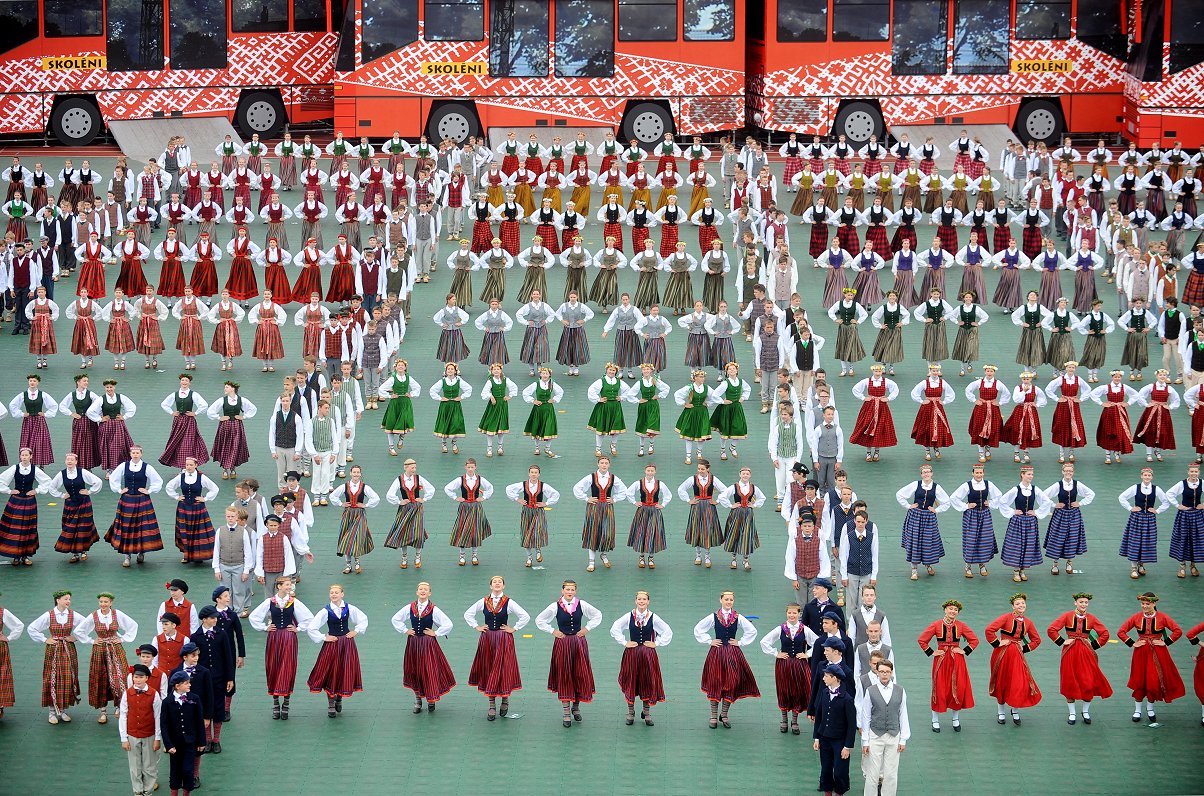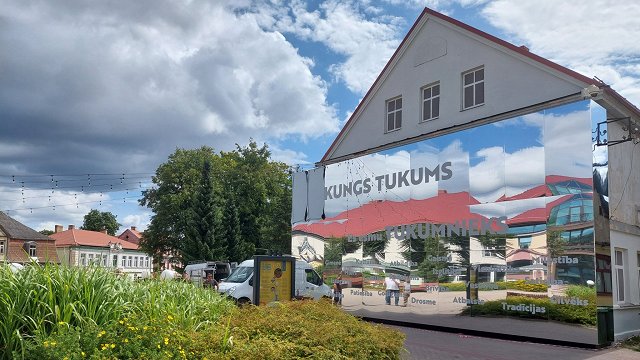Folk songs and folk dancing have long been a significant part of Latvian historical culture. So much so that the song and dance celebrations of the Baltic countries, which go back to 1873 in Latvia and can feature as many as 40,000 singers and dancers, were added to the UNESCO Intangible Cultural Heritage list in 2008. According to the UNESCO Treasures of Latvia website: “This tradition in Europe has survived and developed only in the Baltic States, becoming a significant symbol of national identity over time.”
“It is one of the main forms of expression of the cultural heritage of the Baltic States and the most significant proof of the cultural identity of Latvia in the 21st century.”
The “Golden Foundation of Dance” project was created with the support of the Latvian National Centre for Culture and, of course, dancers themselves.
Recording cultural heritage
Keeping written record of Latvian cultural heritage also has deep historical roots. In Latvian folk songs are referred to as “dainas”, and Latvian linguist Krišjānis Barons is known as the “Father of Dainas” for his work during the late 19th century in collecting and editing nearly 218,000 song texts and compiling them in the “Dainu skapis”, or “Cabinet of Folksongs”. His lifetime work became one of the foundations for Latvian national identity, and it was added to the UNESCO Memory of the World list in 2001.
Now the “Golden Foundation of Dance” project hopes to do for folk dance what Barons did for folksongs. The currently 55-dance collection from 21 choreographers was selected from around 200 songs by a panel of experts over two years. The collection will be updated every ten years, when new dances will be evaluated and experts will decide which ones to add.
Choosing the golden dances
Current dance descriptions feature information about the choreographer, the history of when the dance was created and performed, as well as detailed choreography steps. The collection will soon be updated with video materials. Latvian National Centre for Culture Latvian Stage Dance Expert Maruta Alpa said the folk dance collection describes the Latvian character.
“Let's see what kind of folk dress we have, what colors they have! The excitement is huge, and also the humor – it's special. Such liveliness, such a pure confirmation of life!” said Alpa.
The dance collection of course has historical significance, but it can also be a valuable tool for many folk dance instructors today as well. The project leaders also expect interest from students writing academic works. Many of the dances were easy to choose, but as a whole, Alpa admits the were a bit naive at the beginning, because it was a bit of a struggle.
“The “Gatves deja”[“Avenue Dance”] already has for over 60 years had a very special place in the repertoire of dance collectives, it's usually also expected by the audience, which is acknowledged by applause that starts even before the first measures of the dance.” said Alpa.
Several of the popular choreographers whose dances are included in the collection are Helēna Tangijeva-Birzniece, Harijs Sūna, Uldis Žagata, Aija Baumane, Imants Magone and others from the late 1990s – Jānis Ērglis, Jānis Purviņš, Ilmārs Dreļs and others who are actively continuing their work.


























